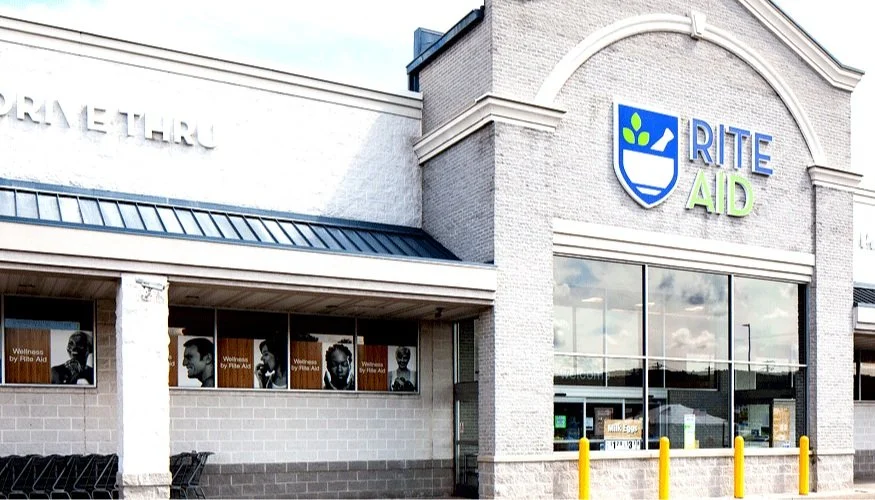How To Navigate Through Major Changes As An Executive Communicator
When big changes happen in an organization, employees want to hear from the figures at the top for assurance on the path forward. Rite Aid’s recent bankruptcy declaration and subsequent messaging are a timely case study on how comms leaders can help control the narrative around a major organizational shift and why hearing from leaders matters.
Hearing from the C-suite
Rite Aid’s announcement framed the bankruptcy proceedings as part of a larger, strategic business transformation. The statement then went on to describe in detail the reasons for the move.
But immediately after the details of the drugstore chain’s restructuring, the focus shifted to news about the appointment of incoming CEO and new Chief Restructuring Officer Jeffrey S. Stein. In his first statement as CEO, Stein affirmed Rite Aid’s place in the market and its commitment to serving loyal customers.
“Rite Aid has served customers and communities across our country for more than 60 years, and the important actions we are taking today will enable us to move ahead as a stronger company. With the support of our lenders, we look forward to strengthening our financial foundation, advancing our transformation initiatives and accelerating the execution of our turnaround strategy. In doing so, we will be even better able to deliver the healthcare products and services our customers and their families rely on – now and into the future.”
This statement serves two purposes. First, it affirms the idea that’s borne out in one of Stein’s titles — this bankruptcy declaration is a restructuring that will help right the organizational ship, not something that will spell the end of Rite Aid.
Second, it instills stakeholder confidence in Stein by having him position the restructuring as a move to help the company provide the services they rely on. Rite Aid is building rapport between Stein and stakeholders from day one.
Focus on the community
The real crux of Stein’s words comes in his second quote in the press release.
“We remain focused on serving our customers and communities, and we are grateful that they continue to choose our stores and pharmacies for their healthcare needs. We thank our associates for their ongoing hard work and dedication, and we extend our gratitude to our partners, suppliers and vendors for their continued support.”
Is it just empty corporate speak? Maybe, maybe not. But when those words are coming from the C-suite, there’s a lesson in executive communications here.
Consider the power of perspective: Rite Aid stakeholders have been introduced to the company’s new leader in the midst of a crisis, tethering his success to the organization’s ability to navigate headwinds, Hearing from the new head honcho about Rite Aid’s commitment to the organization and its work creates a level of community accountability that not all executives are willing to take on. This is a particularly assuring move for employees, who see their work recognized in a public statement during an uncertain time of change.
It might seem small, but when executives use their platform to communicate assurance during times of organizational upheaval, it can have a big impact on company culture and stability.
The word from the comms pros
For this story, comms pros also chimed in with what they thought were the top comms priorities for the new Rite Aid CEO and comms department. They included:
“Clarity on what is happening and the timeline it will be happening on.”
“Confidence in the future of Rite Aid, but a plain and honest admission that the road ahead will not always be easy.”
“Commitment to right any past wrongs that have led to the company to where it is today.”
“Gratitude to the interim CEO for her work during difficult times.”
“Recognition that saying goodbye to treasured colleagues will not be easy, and that the company is thankful for everything they have done/will work to help them in the future.”
“Reiteration of the huge opportunity that Rite Aid has ahead of it, and an excitement in the possibilities for the future.”
That’s a lot of responsibilities for someone new to the job. But to build rock-solid confidence in the business that’ll help instill a positive culture and drive positive brand sentiment, it’s the right path forward.


